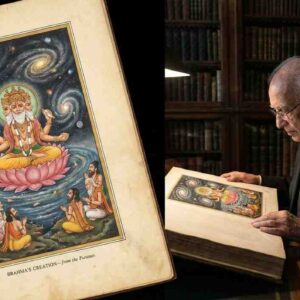In today’s fast-paced world, the quest for inner peace is more pronounced than ever. Spiritual practices, ranging from meditation to prayer, are often advocated as pathways to tranquility and mental clarity. But in the modern context, with distractions at every turn, are these practices truly effective in fostering inner peace?
The Efficacy of Traditional Spiritual Practices
Meditation, yoga, and prayer have deep roots in various cultures worldwide and have been adopted globally for their purported benefits in reducing stress and enhancing well-being. Studies consistently show that regular meditation can lead to significant decreases in anxiety and depression, as well as improvements in concentration and overall happiness. For instance, a report by Harvard Health has outlined the neurological benefits of mindfulness meditation, noting its ability to reduce symptoms in people with anxiety-related disorders.
Similarly, the practice of yoga, beyond its physical benefits, is lauded for its calming effects on the mind. Research published in the Journal of Alternative and Complementary Medicine found that yoga contributes to significant reductions in stress levels, potentially offsetting some of the psychological strains of modern life.
The Adaptation of Spiritual Practices in Contemporary Society
Despite these benefits, the question remains whether the essence of these spiritual practices is maintained amid their commercialization and mainstream adoption. In many urban settings, yoga and meditation have become trendy activities, often stripped of their spiritual elements to cater to a more fitness-oriented audience. This shift may dilute the practices’ intended purposes, turning them into mere exercises devoid of deeper spiritual significance.
Moreover, the rise of “digital detox” retreats and meditation apps speaks to a society trying to find solace amid the noise, but also points to a commodification of mindfulness. These tools can provide access to relaxation techniques to those who might not otherwise engage with them, yet there is a risk that these commercialized versions could lead people to miss out on the profound spiritual growth these practices traditionally aimed to offer.
Challenges in Modern Implementation
Another challenge in integrating traditional spiritual practices into modern life is the pace and nature of contemporary society itself. The constant connectivity and instant gratification provided by technology can be antithetical to the slow, introspective, and persistent nature of spiritual practices. Achieving inner peace requires patience, persistence, and detachment from worldly distractions, traits that are often at odds with the demands and distractions of modern life.
Conclusion
As individuals navigate their personal journeys toward inner peace, it becomes crucial to approach spiritual practices with intention and understanding. While the tools for cultivating tranquility are more accessible than ever, their efficacy ultimately depends on the depth of personal engagement and the ability to integrate these practices into daily life meaningfully. Therefore, while spiritual practices hold the potential to enhance inner peace, their true impact in the modern world hinges on both individual commitment and the preservation of their core spiritual values amidst broader societal trends.












